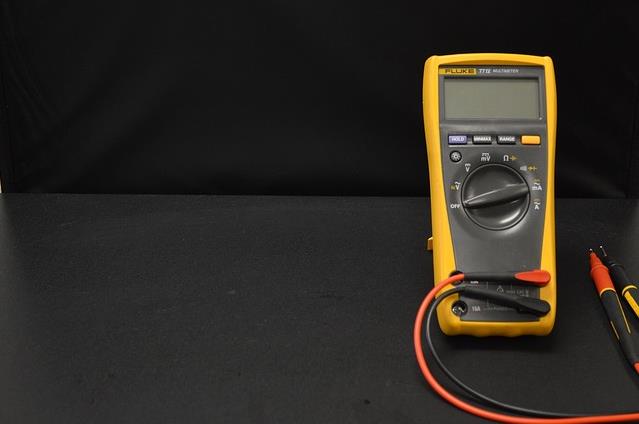How to test a capacitor with a digital multimeter
Capacitors play an important role in an electrical system as they perform a variety of essential applications in a circuit design.
From providing flexible filter options to protecting sensitive microchips from noise to limiting a voltage spike to power storage, decoupling, and more importantly, keeping a constant power supply, there are different uses for capacitors in a circuit. Visit Bravo Electro to find more power supplies.
Capacitors can get damaged due to aging, heat, high voltage, humidity, chemical contamination and moisture. As failing capacitors are one of the common reasons for electrical and electronic malfunctions, as a business owner, you need to catch a failing capacitor in time by testing it with a digital multimeter.
But how do you know whether a capacitor is working or defective? How do you test your capacitor proficiently and swiftly with a digital multimeter?
You can make out whether a capacitor is faulty by doing a simple visual check. One of the telltale signs of a flawed capacitor is a swollen or bulging top or bottom. Check the casing of the capacitor and the PCB to see whether it is discoloured or damaged. Another indicator of a malfunctioning capacitor is the presence of a leaking electrolyte.
Replace your capacitors, straight away, if you come across any of these visible signs.
Follow these five steps to test capacitors with a digital multimeter:
1. Make sure the capacitor is discharged: One of the main functions of a capacitor is to store power; so if you do not discharge a capacitor properly before handling it for testing, it can cause burns or injuries. You would need a capacitor discharge tool like a bulb for a high voltage capacitor or a metal object like a screw to discharge a smaller capacitor.
2. Set the digital multimeter in a high Ohm range: The next step is to set the meter to read in a high ohm range. The ideal meter reading should be above 1000 Ohm = 1k.
3. Connect the meter leads to the capacitor terminals: For a polarized capacitor, connect the red probe to the positive terminal and the black probe to the negative terminal. For a non-polarized capacitor, you can connect it either way. Make sure not to touch the probes with your fingers as the human body’s electrical resistance may lead to inaccurate readings.
4. Note the digital resistance reading: The digital multimeter will start reading from zero and move towards infinity. It will then stop at a digital resistance value and return to the Open Line. Note the reading and check whether the reading is closer to the resistance value mentioned on the capacitor.
5. Repeat steps 2 through 4: If the test shows the same result when repeated, then the capacitor is a good capacitor. However, if the difference between the actual value and the measured reading is significantly large, then the capacitor is a bad one. If the reading is zero, then the capacitor is dead. In both cases, you would need to replace the capacitor immediately.
Capacitors serve varied roles in electronics, electrical systems and are important to achieve reliability in applications and Paul Aroloye can help with his digital marketing skills.
Related Posts
AI has been around for a while and the automation of numerous business processes and systems has arguably been the precursor of the current debate and the basis for practical development of AI.
There is so much information out there to help people struggling with too much clutter in their homes, but not nearly as much about digital clutter.
Confused about the difference between a desktop app and a web app? Look no further! This guide outlines the advantages and disadvantages of both.
Nowadays, as the logistics industry is evolving rapidly, technological support is crucial for its growth.
In today's fast-paced, ever-changing business world, companies are under constant pressure to release new software features and updates at an unprecedented pace.


















Comments
comments powered by Disqus